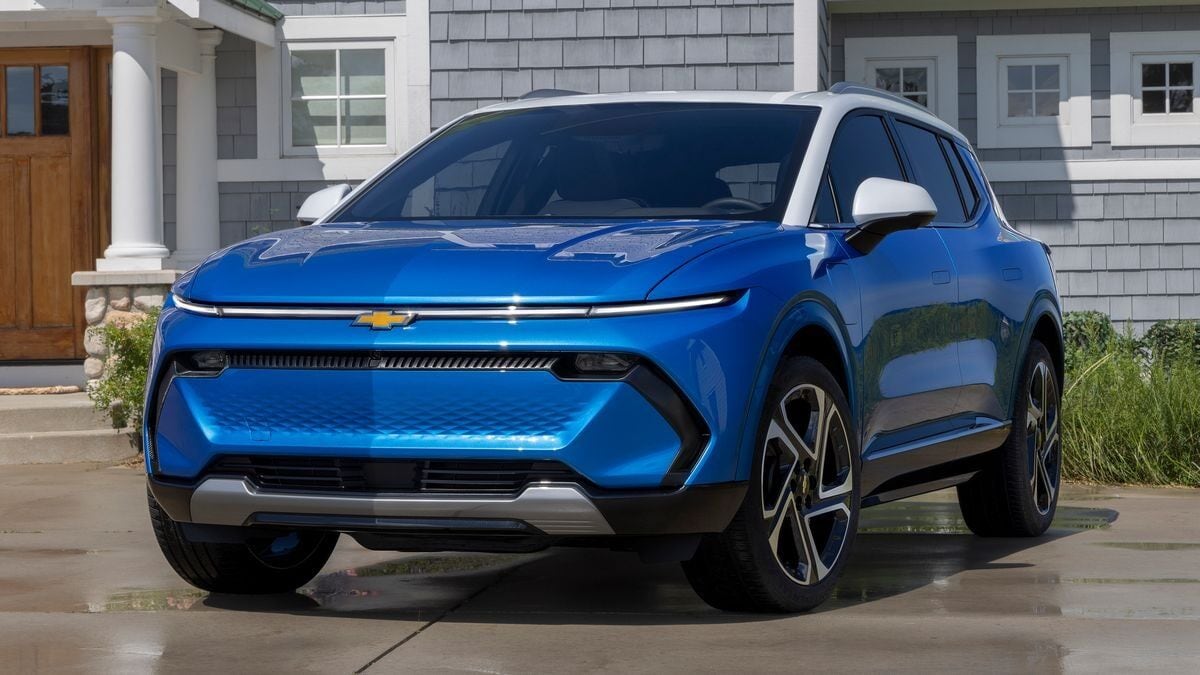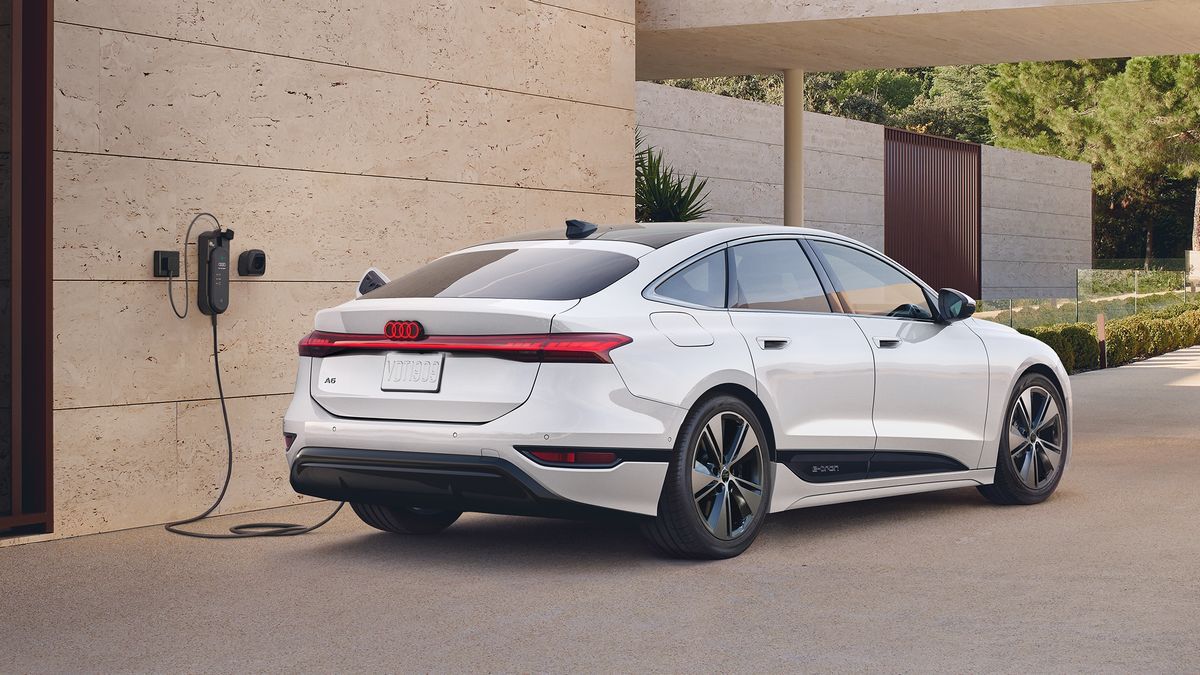
Tesla operates under a different set of conditions. It has its own set of buyers who don’t think like other car shoppers. Our own research shows that most people who buy a luxury car investigate multiple brands before buying. But most people who buy a Tesla look only at Tesla.
So it isn’t entirely clear how often the young company needs to redesign its products to keep its market dominance. Tesla doesn’t even market its cars in model years like other automakers.
It let its flagship Model S go nearly a decade without a major refresh and suffered no obvious sales loss from the decision.
Yet, competition in the electric car market is heating up. Rivals are winning accolades — the Hyundai Ioniq 5 is the reigning World Car of the Year. And Tesla’s usual best-seller, the Model Y SUV, recently fell off the list of the 10 most-shopped luxury cars.
So, a new report says, a major redesign is coming.
Minimalist Model 3 on the Way?
Reuters reports that “Tesla is developing a revamped version of the Model 3, according to four people with knowledge of the effort.”
The second edition of Tesla’s most affordable car ($46,990 plus $1,200 for delivery) will focus “on features that Tesla buyers value, including the display,” Reuters says.
Changes could be coming to the battery and drivetrain, but Tesla’s primary goal “is to reduce the number of components and complexity in the interior.”
That won’t be simple. The Model 3 already has a lovely minimalist interior with most climate and entertainment controls found in touchscreen menus.
Casting Fewer Parts
What’s less clear is whether the update will include significant mechanical changes. Tesla CEO Elon Musk has long pursued the use of massive casting machines to produce large sections of a car’s structure using as few parts as possible. The Model 3 hasn’t changed visually. But it has grown mechanically simpler, with fewer fasteners and fewer possible failure points.
That also makes the cars cheaper to build over time. Reuters notes, “In the third quarter, Tesla made a profit of just over $9,500 for every car sold, compared to roughly $1,300 for Toyota, according to disclosures by both companies.”







